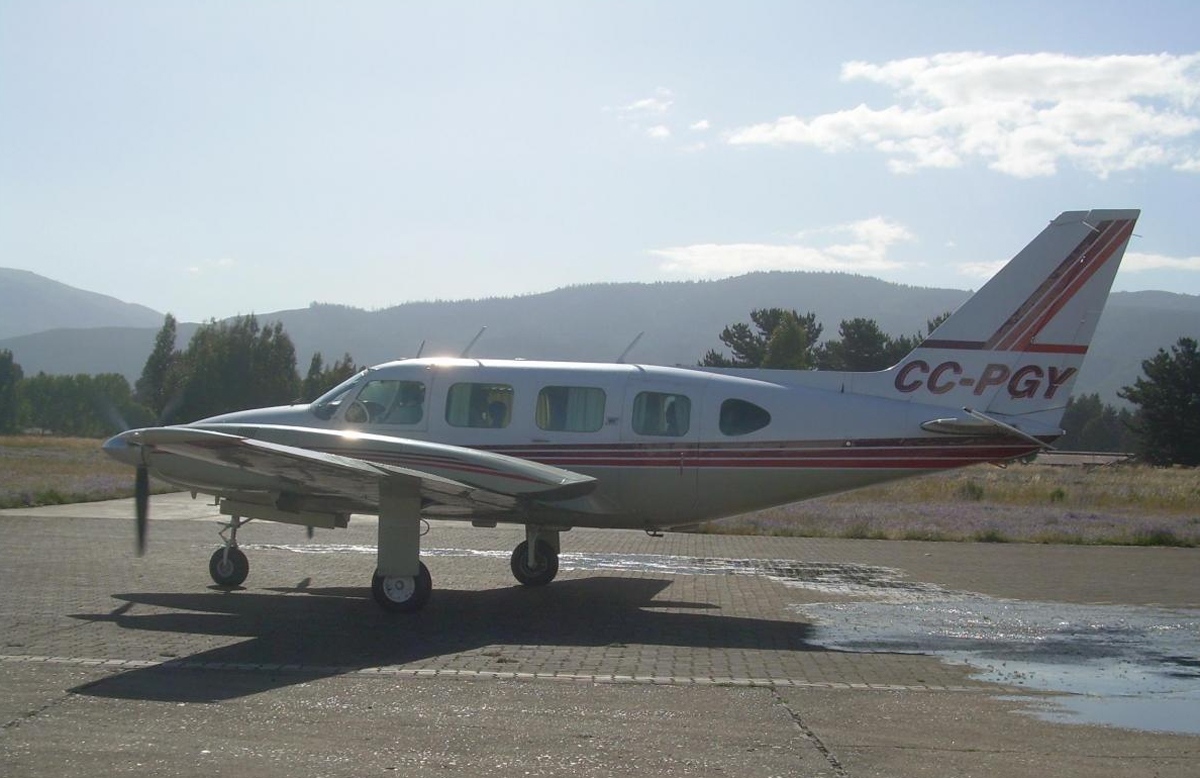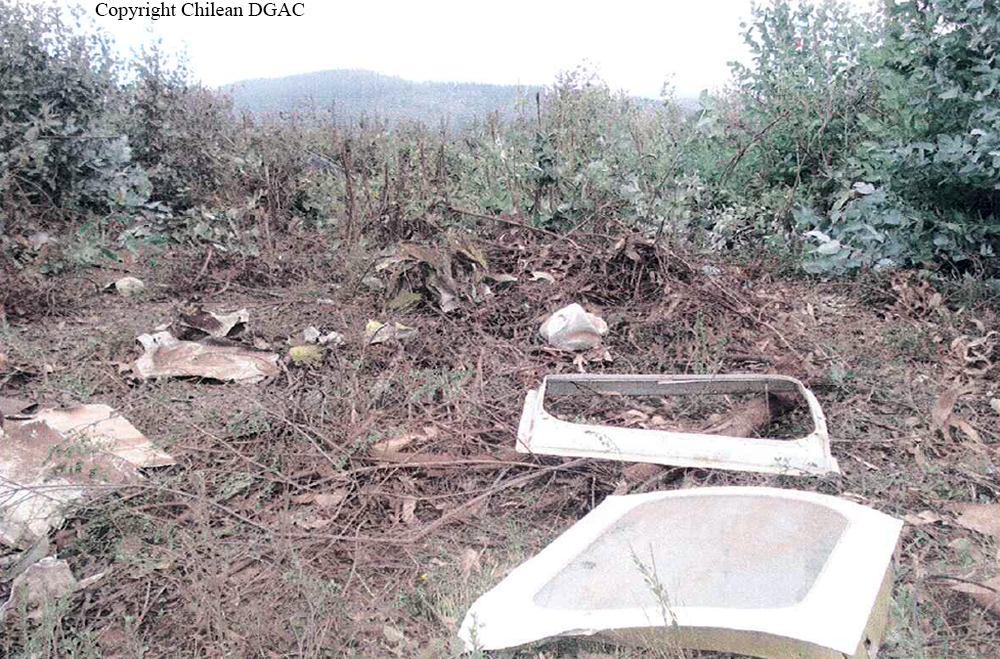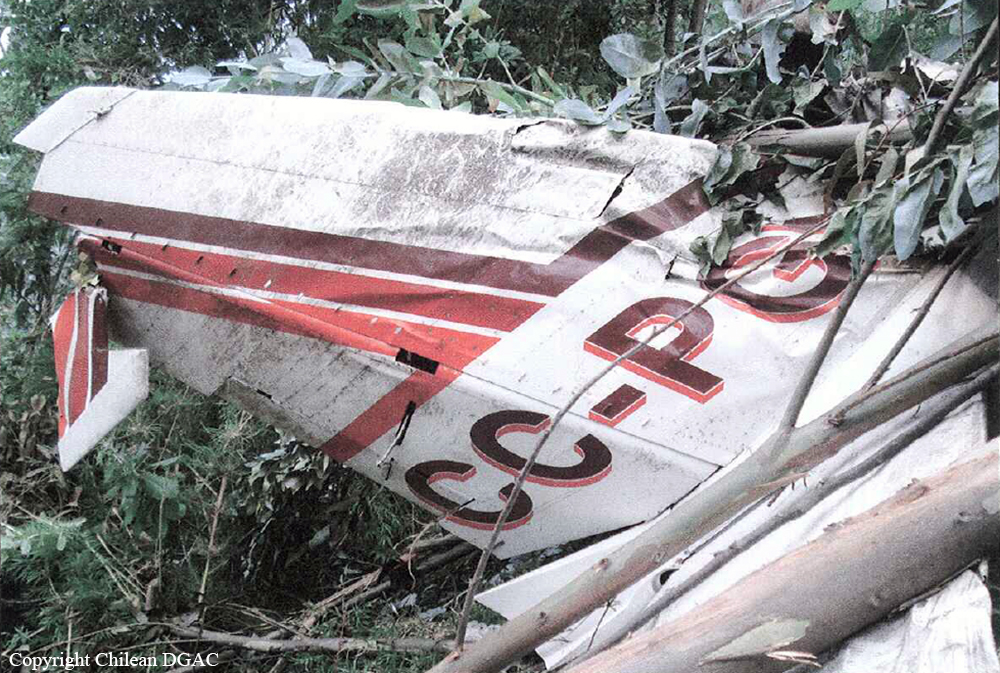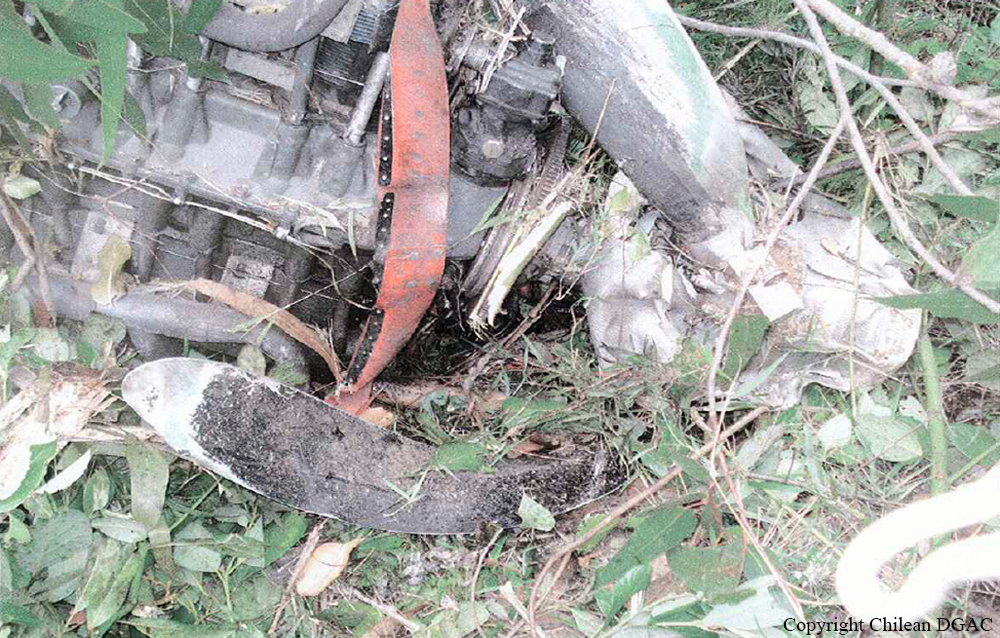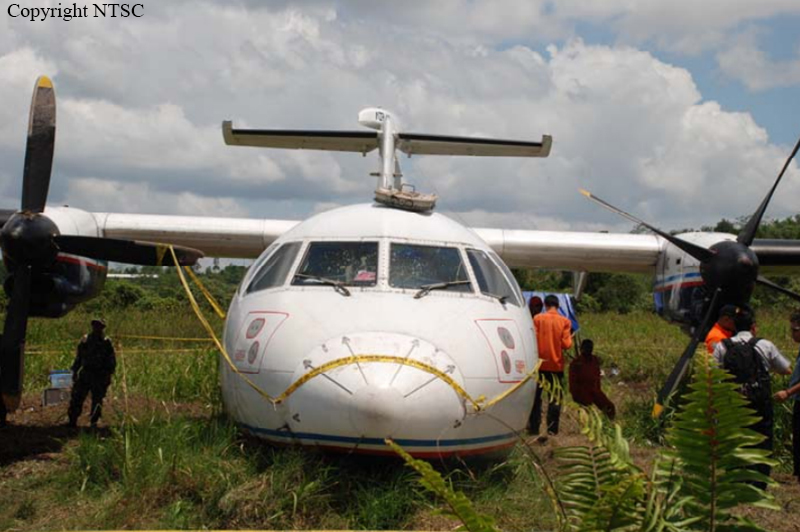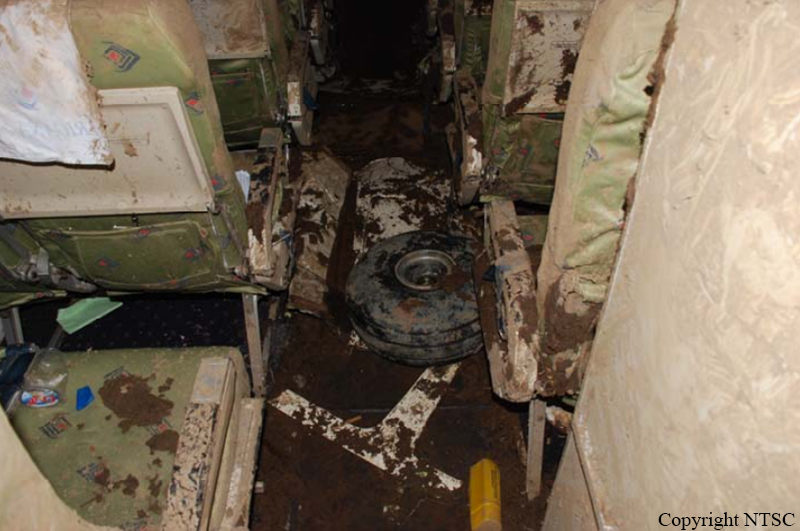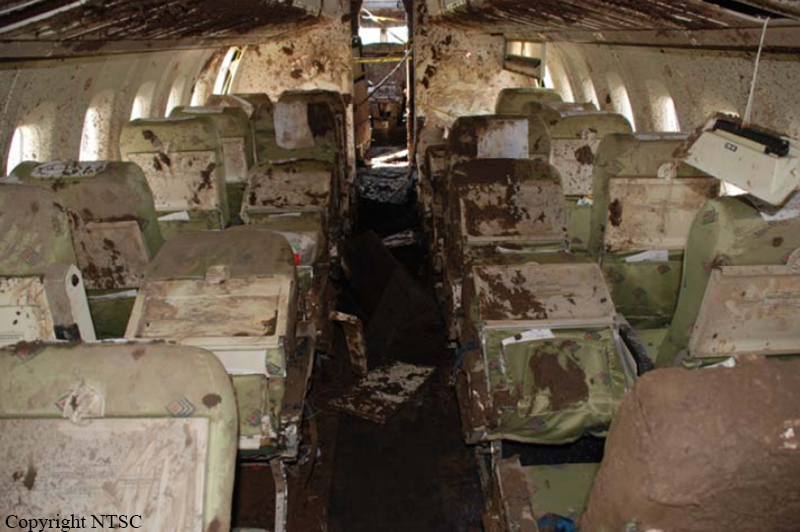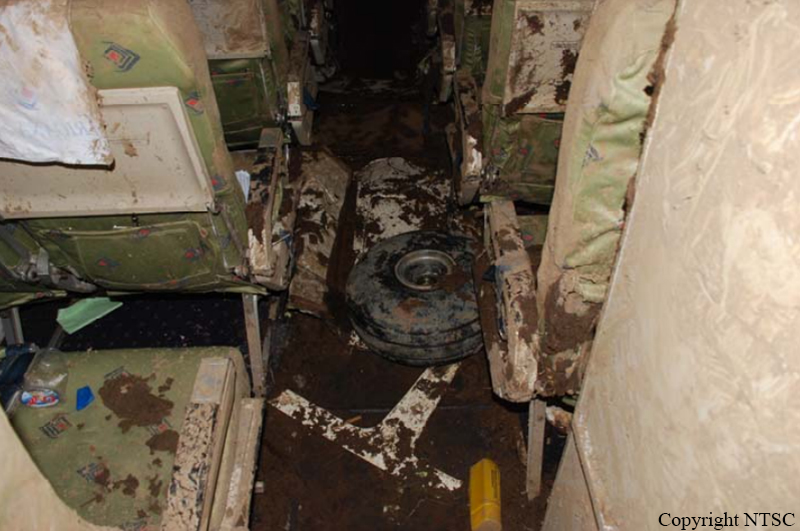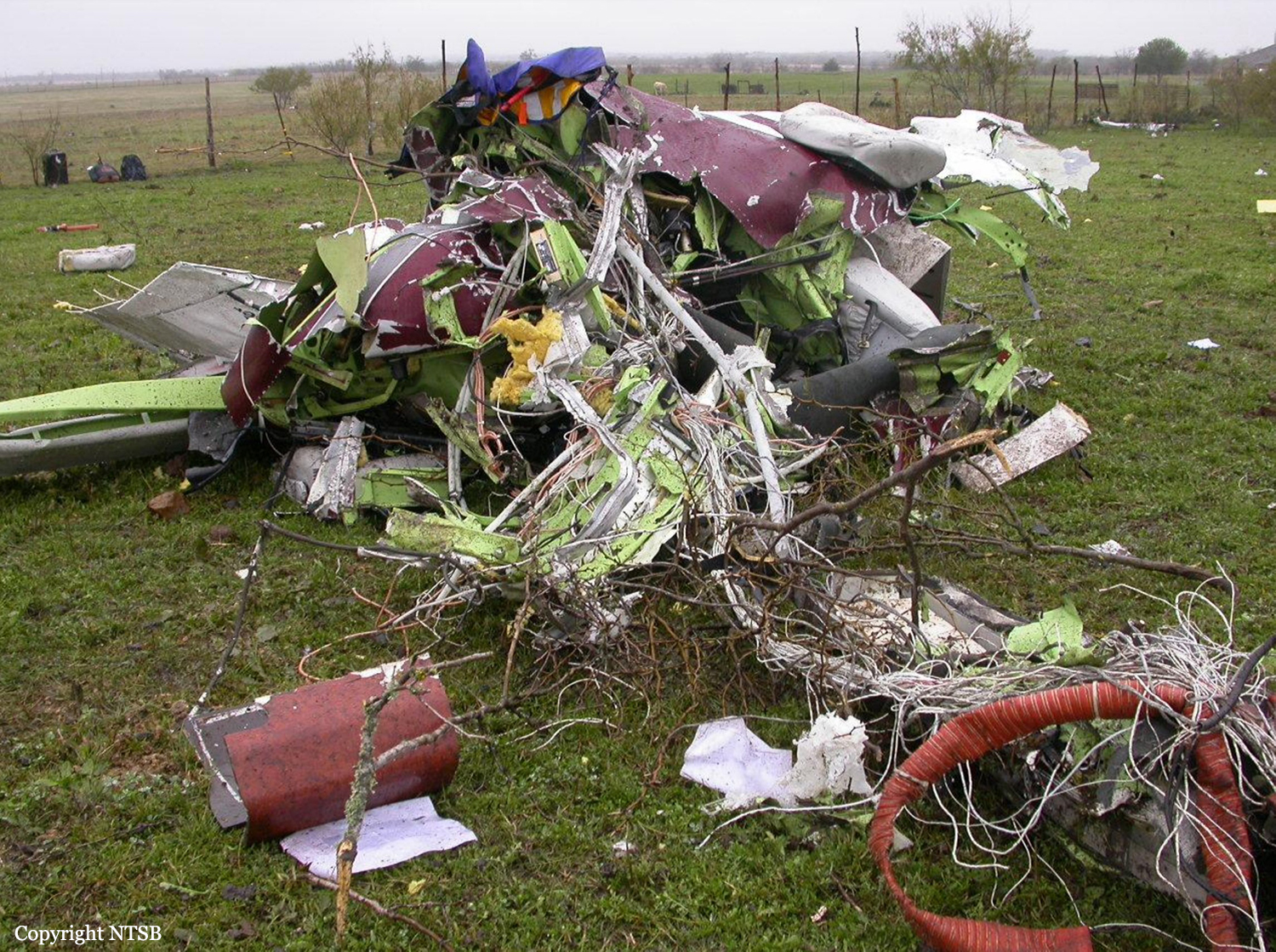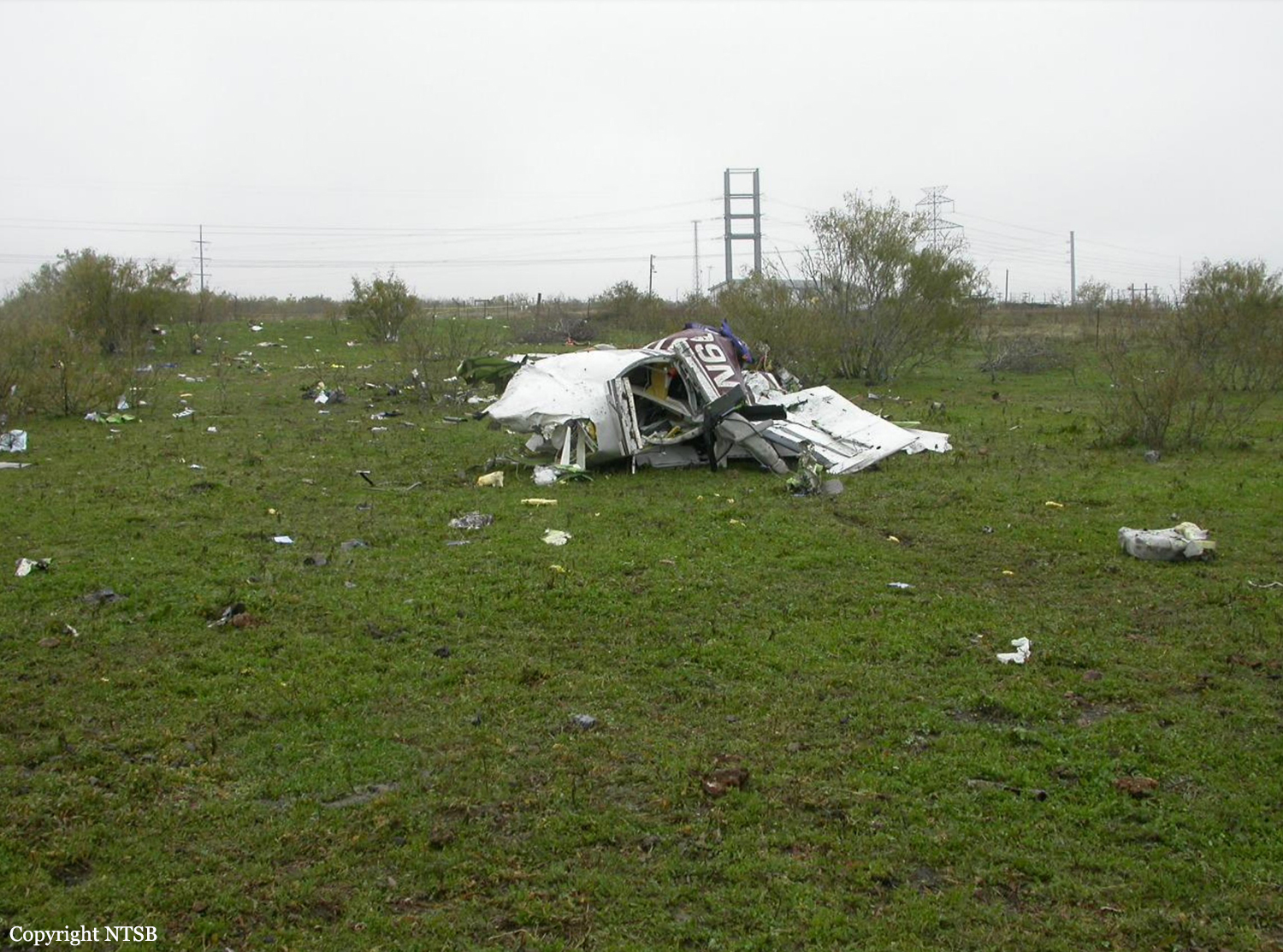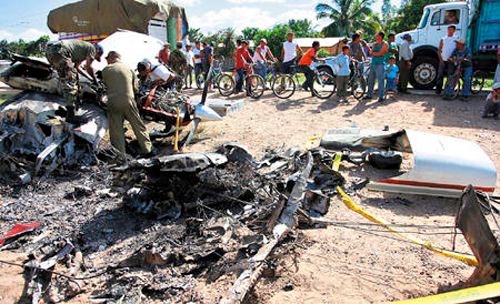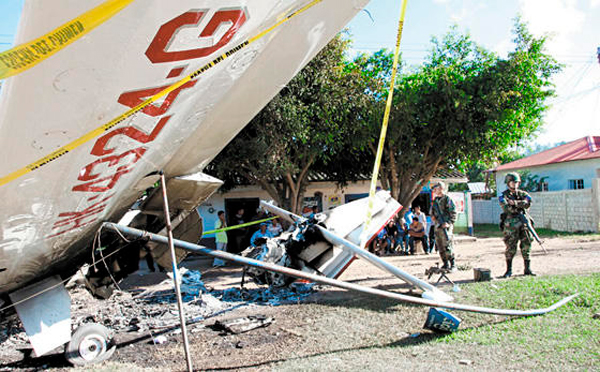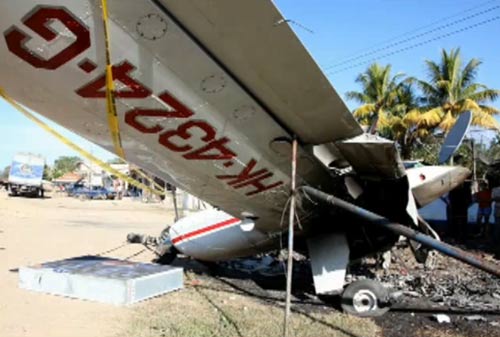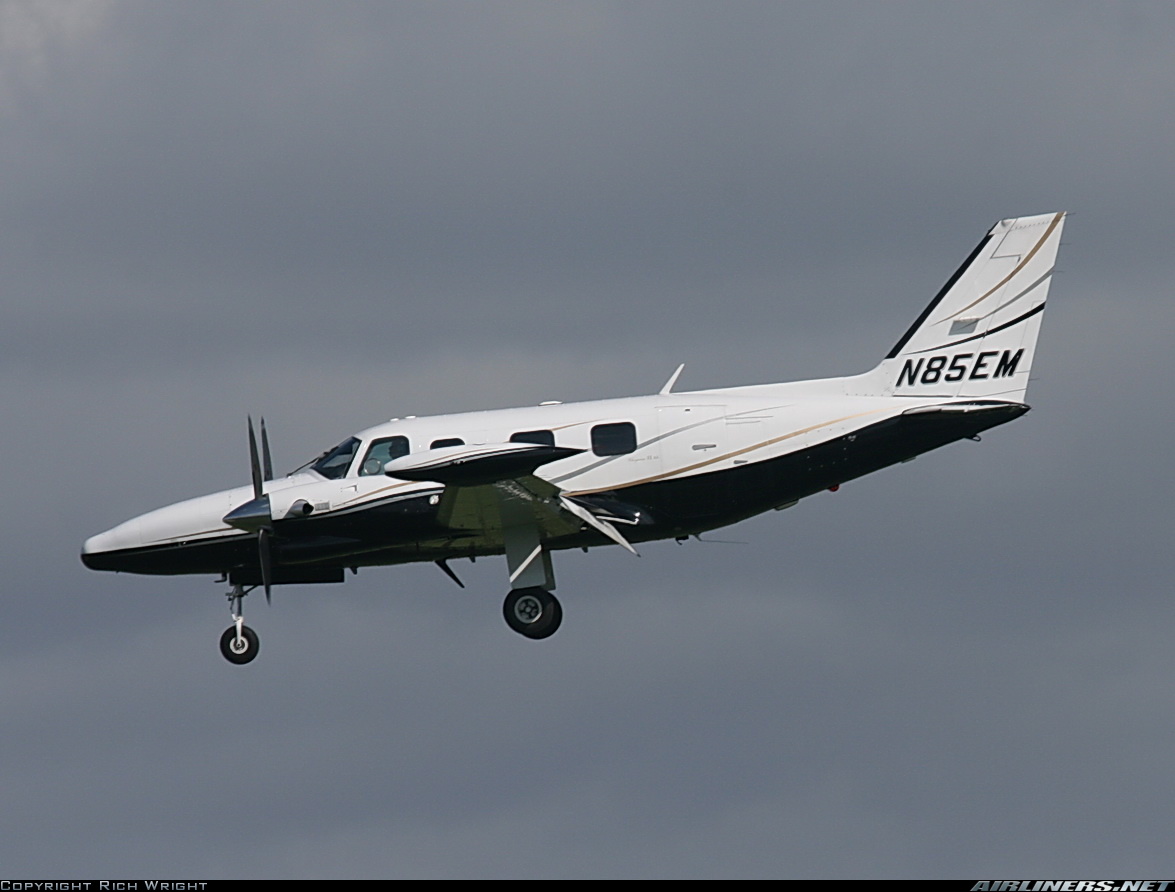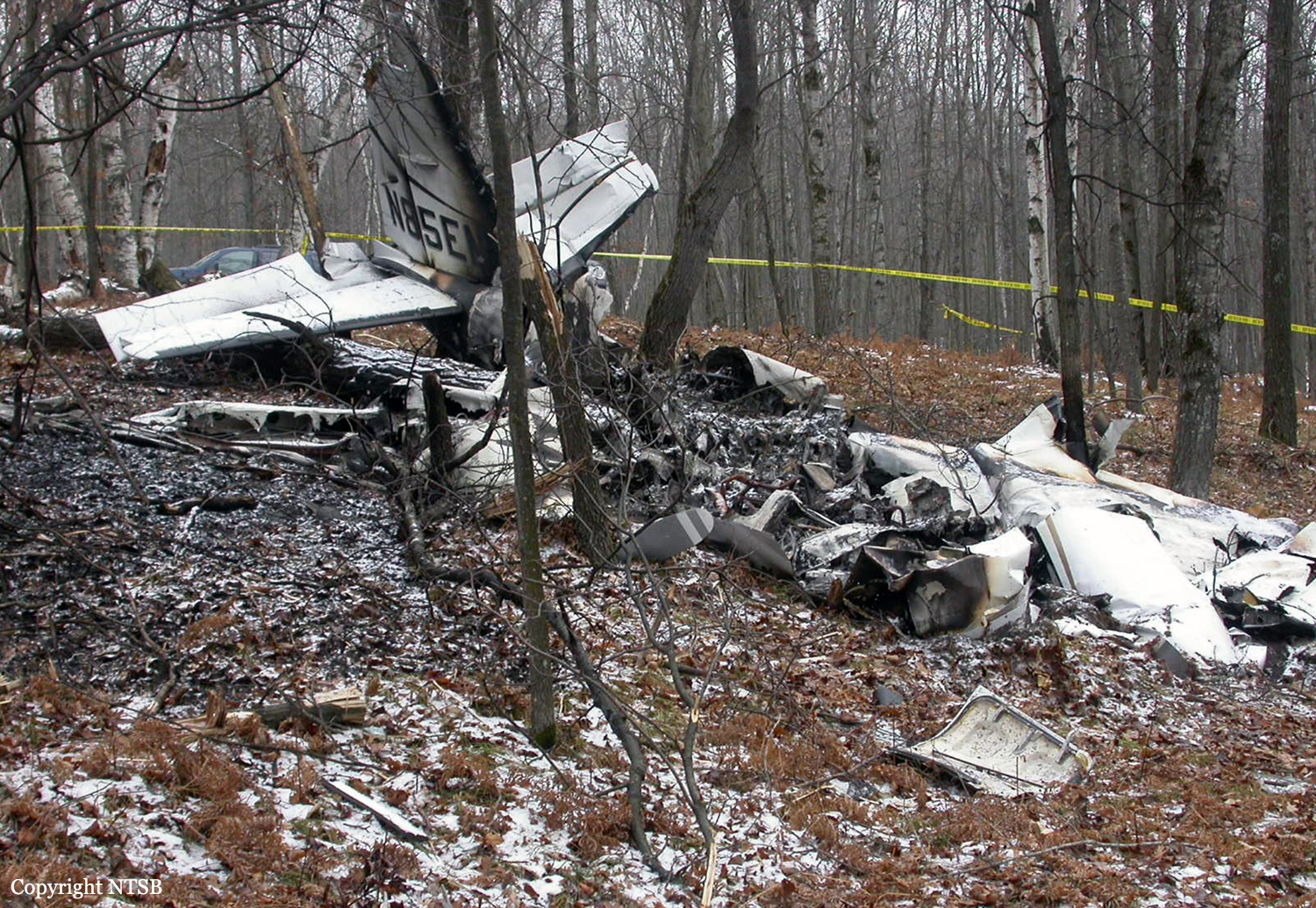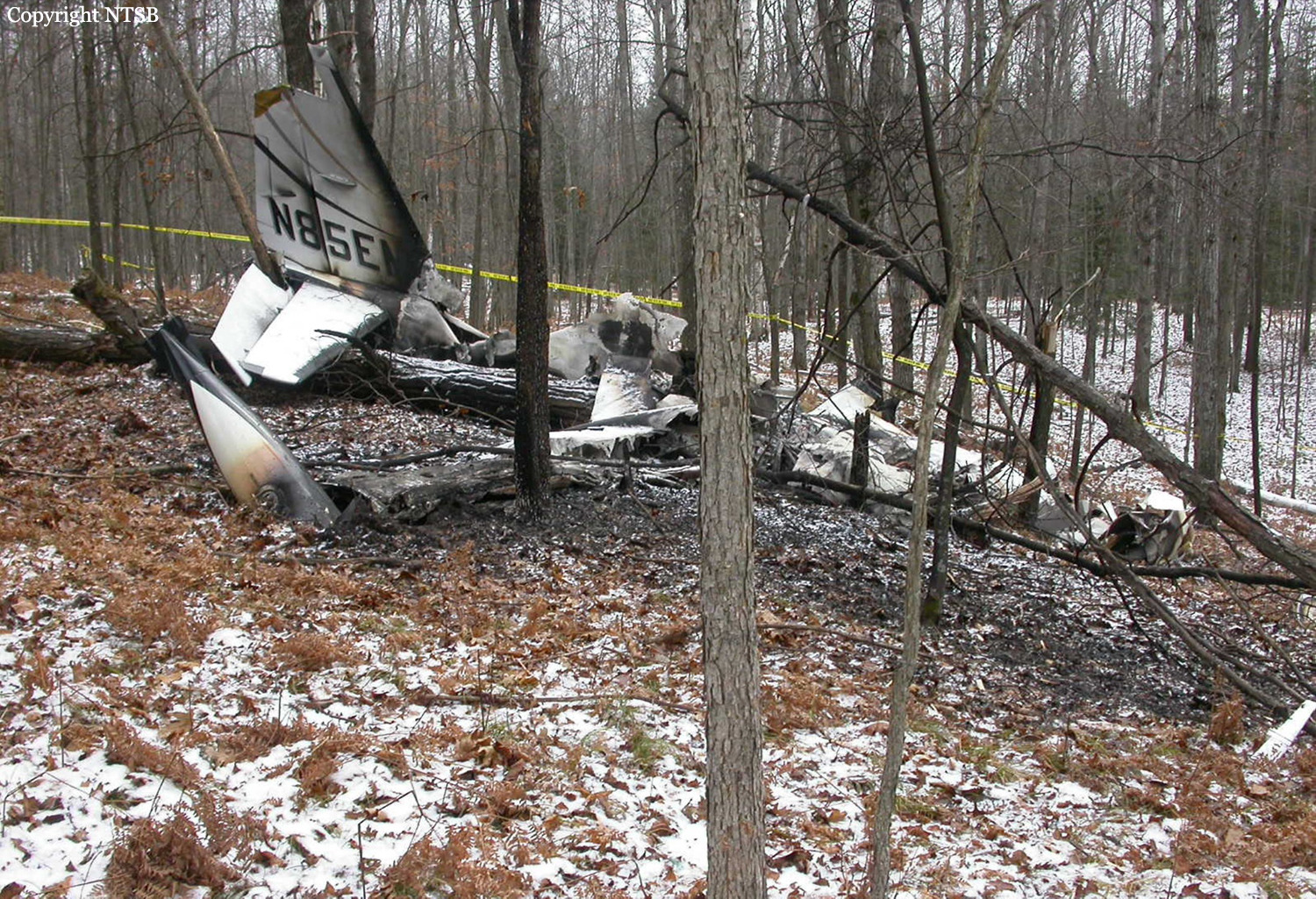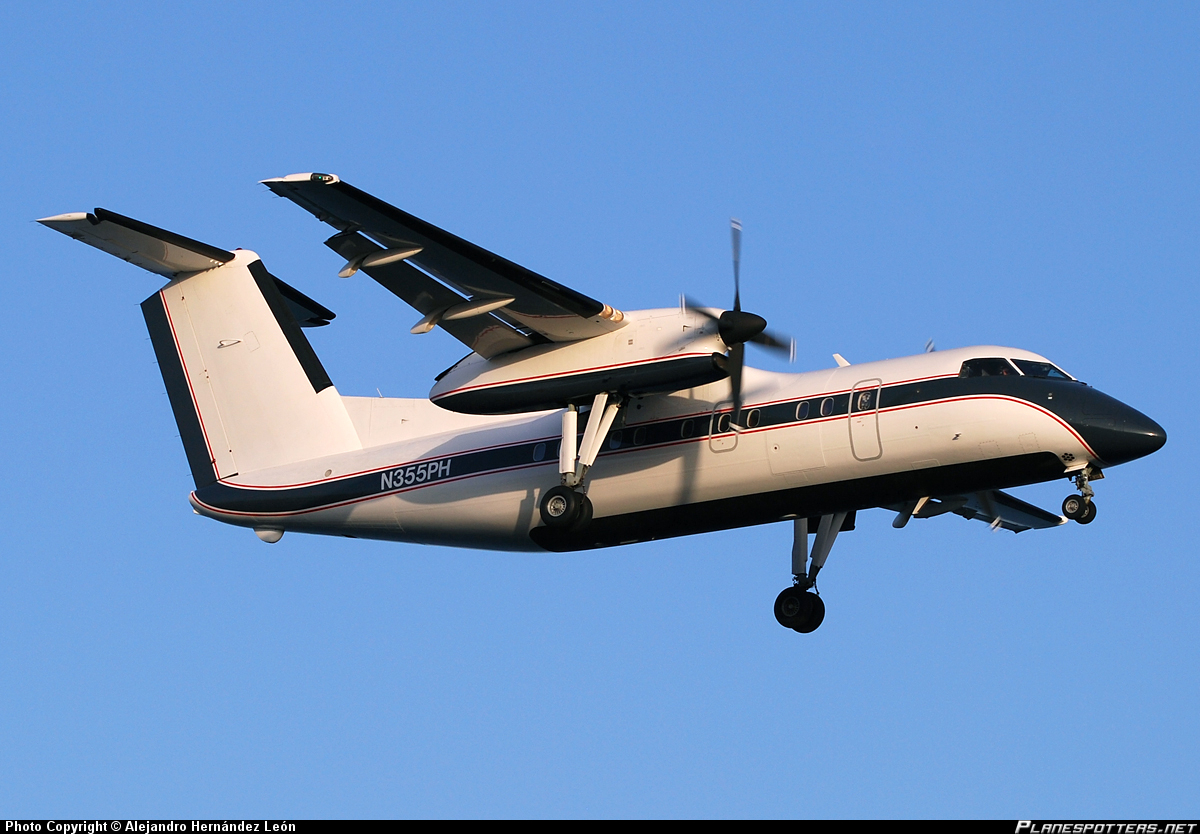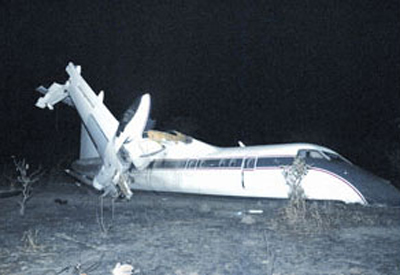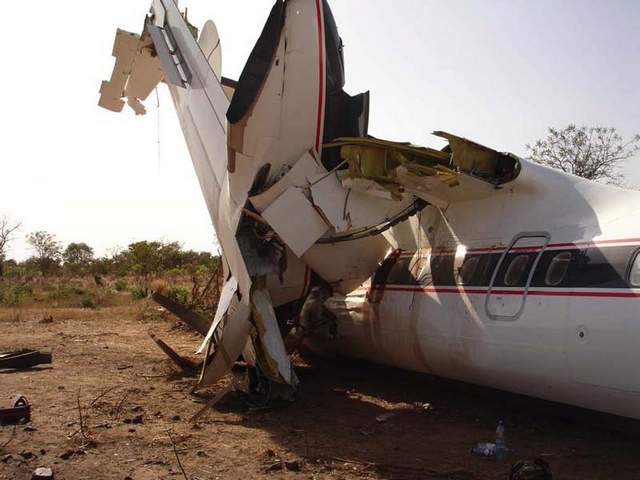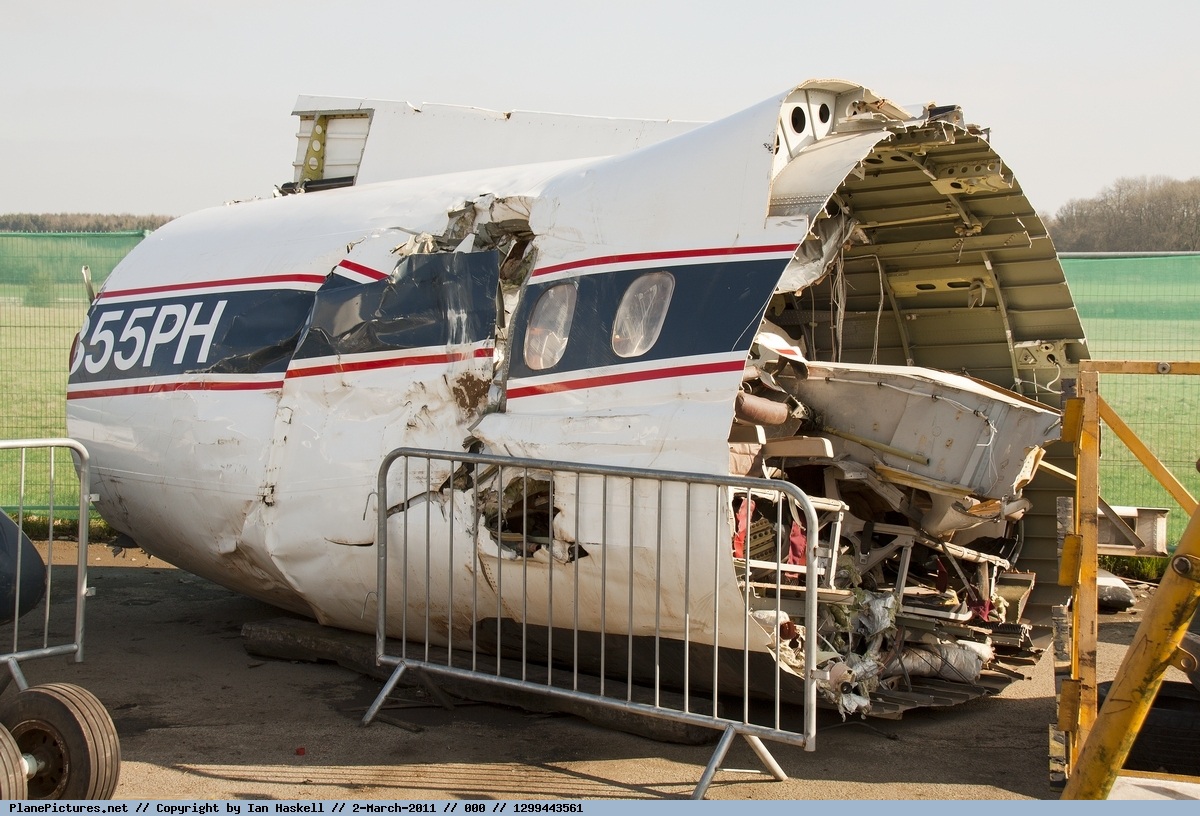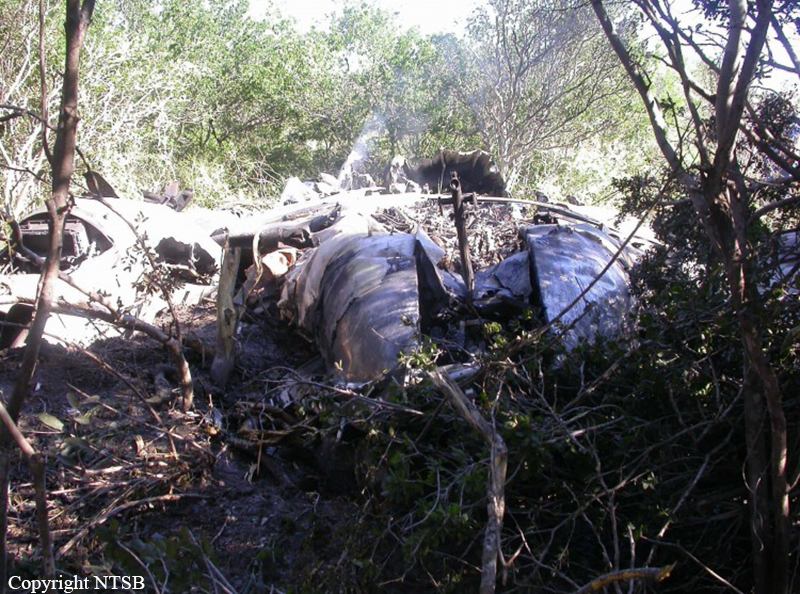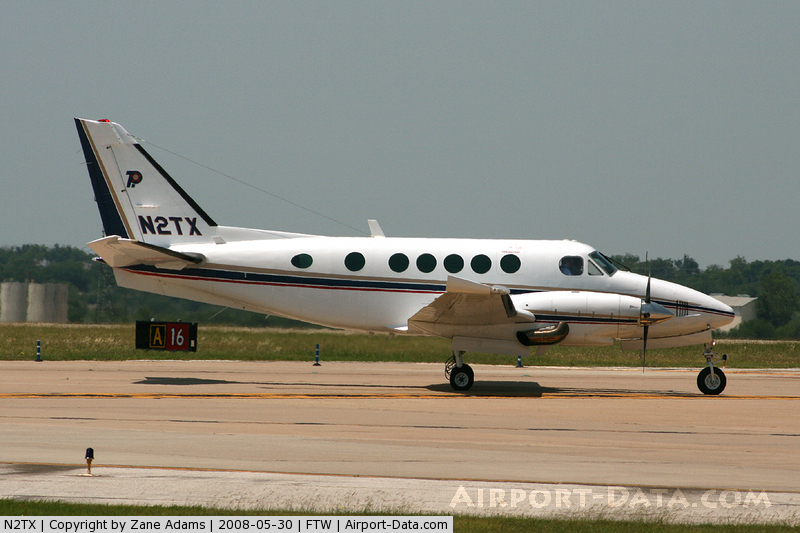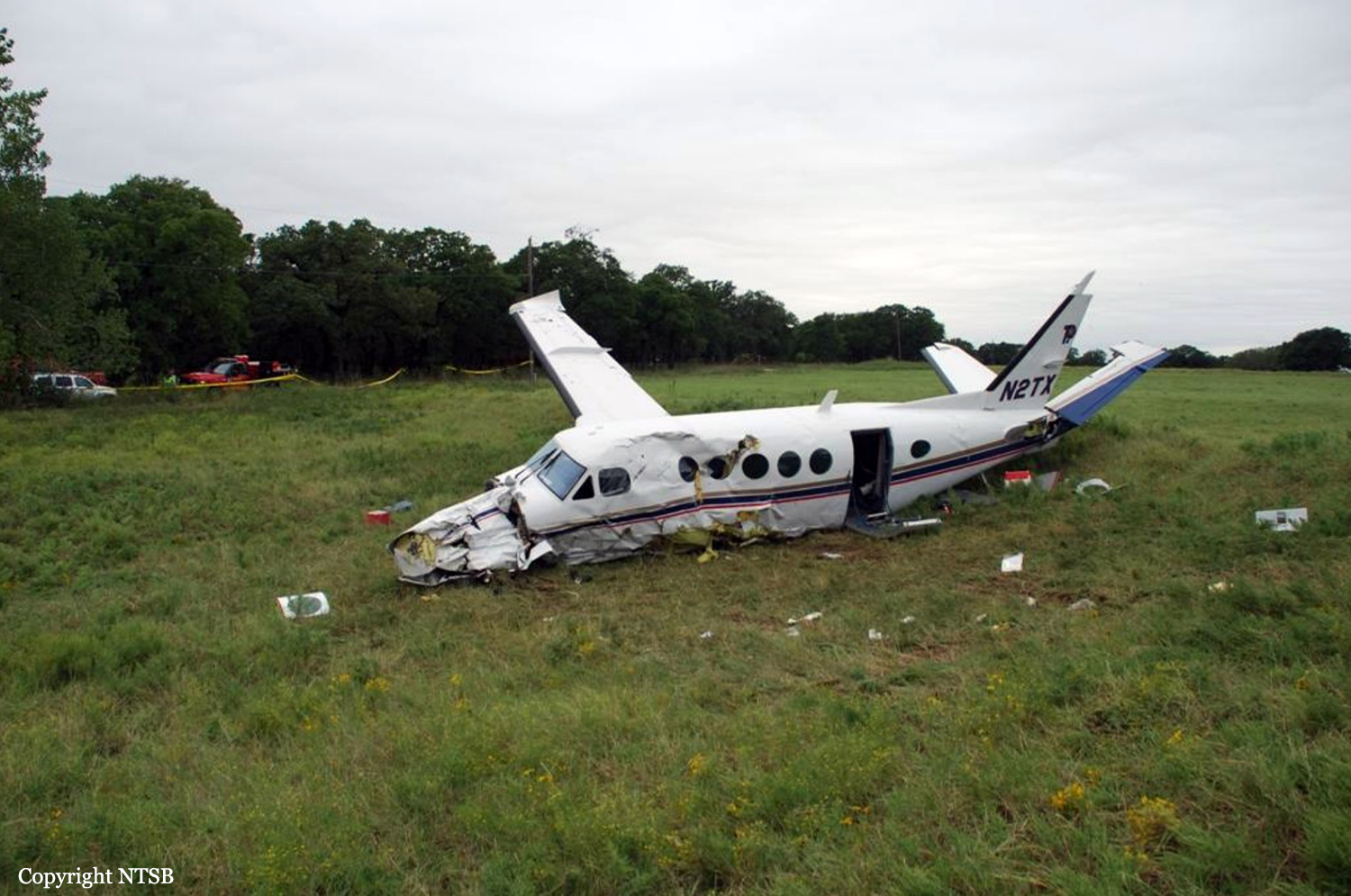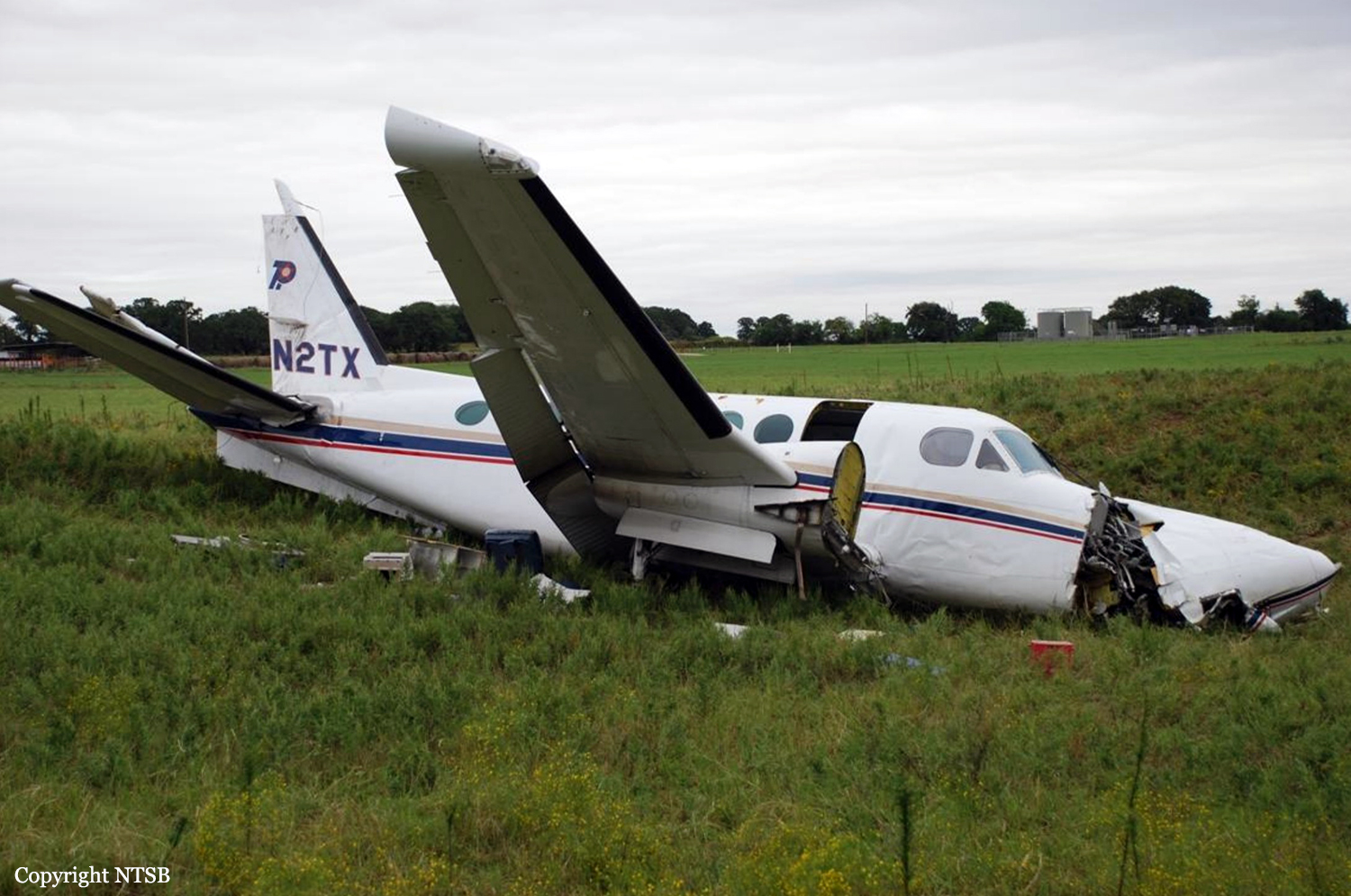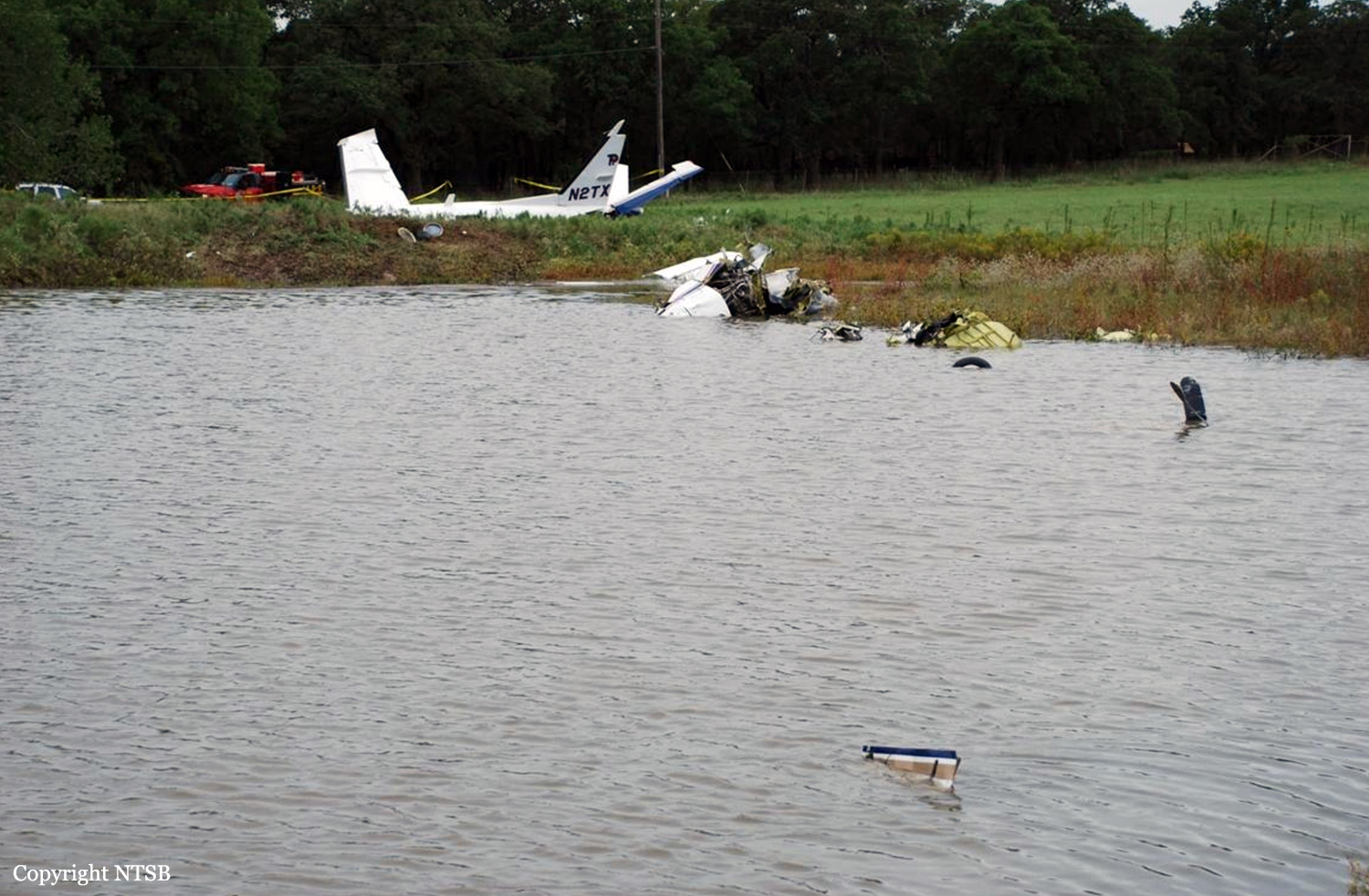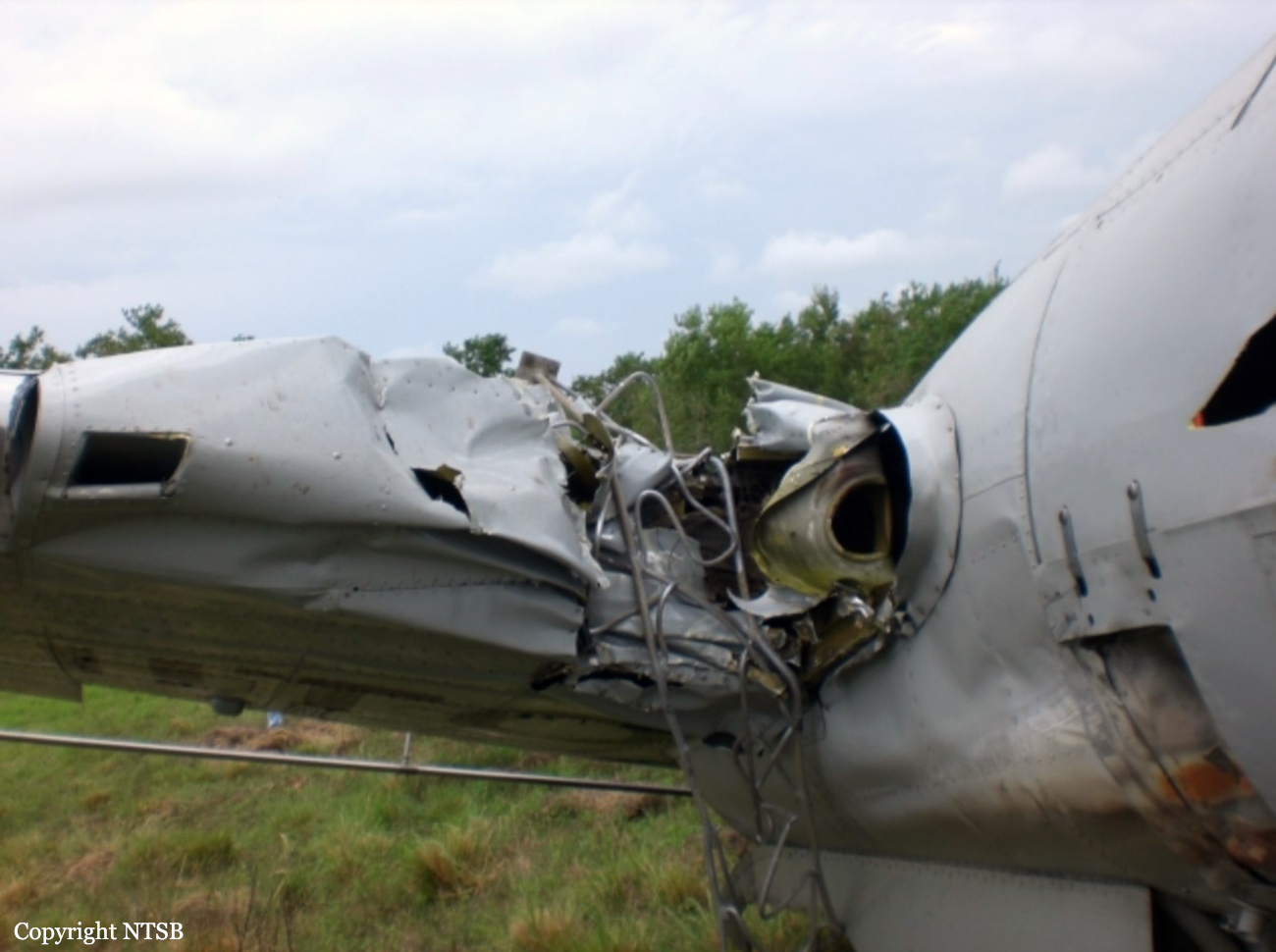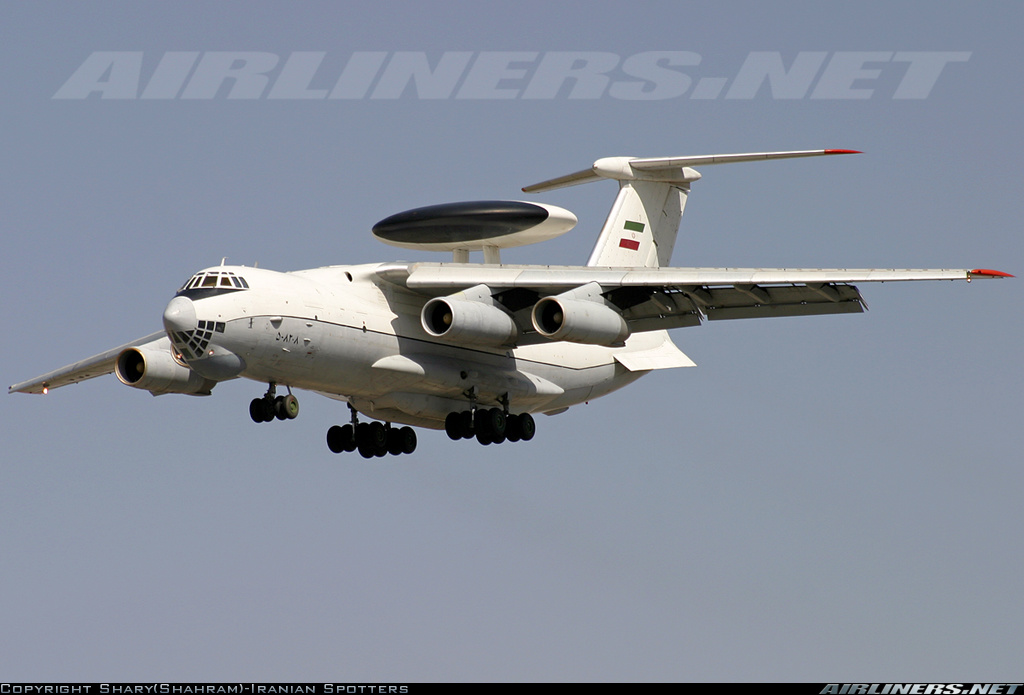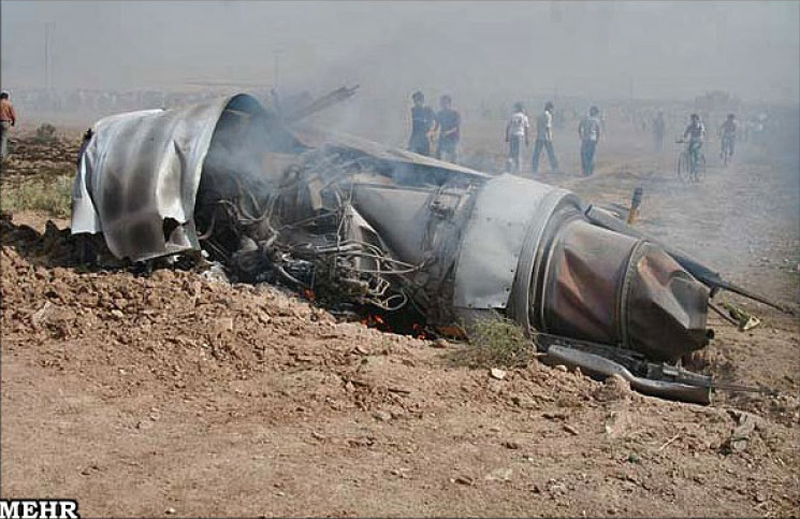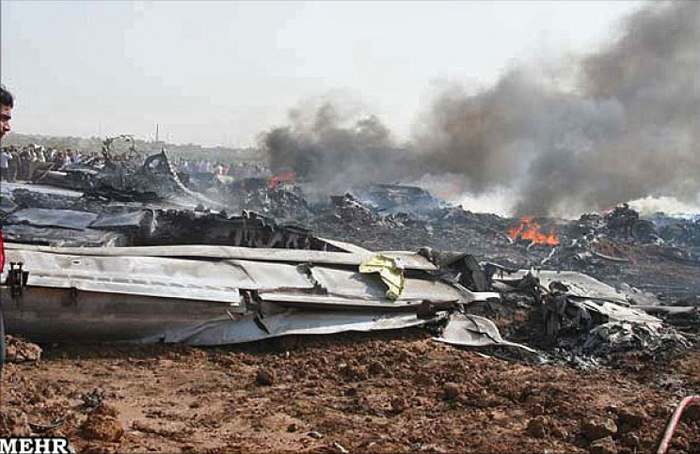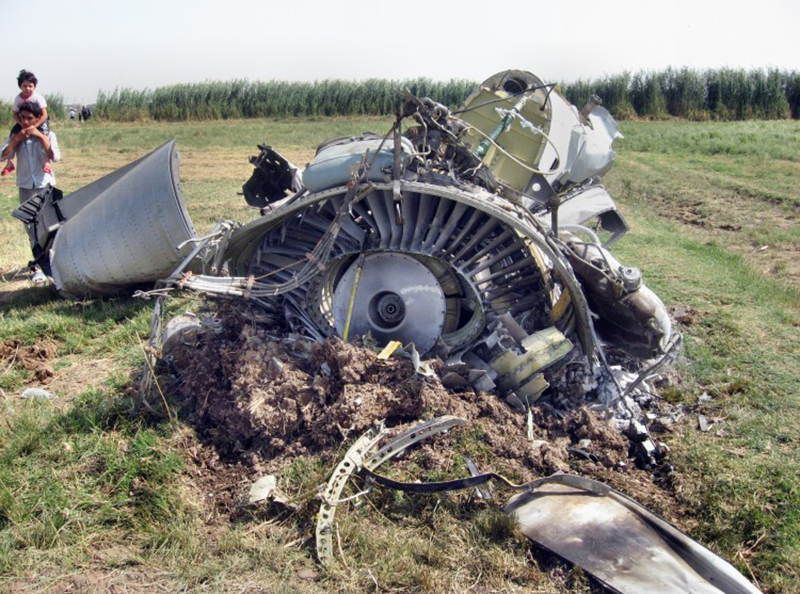Crash of a Piper PA-31 Turbo Navajo B in Concepción: 6 killed
Date & Time:
Mar 1, 2010 at 1346 LT
Registration:
CC-PGY
Survivors:
No
Schedule:
Tobalaba - Concepción
MSN:
31-7401257
YOM:
1974
Crew on board:
1
Crew fatalities:
Pax on board:
5
Pax fatalities:
Other fatalities:
Total fatalities:
6
Captain / Total hours on type:
81.00
Aircraft flight hours:
3167
Circumstances:
The twin engine aircraft was performing a special flight from Tobalaba to Concepción with a team of five experts from the Santo Tomás University. While descending to Concepción-Carriel Sur Airport in poor weather conditions, the twin engine aircraft hit tree tops and crashed in a wooded area located some 20 km north of the airport, near Tomé. All six occupants were killed. They should inspect installations in Concepción following the earthquake from 27FEB2010.
Pilot:
Marcelo Ruiz.
Passengers:
Ernesto Videla,
Pablo Desbordes,
Ignacio Fernández,
Rodolfo Becker,
Guillermo Moya.
Pilot:
Marcelo Ruiz.
Passengers:
Ernesto Videla,
Pablo Desbordes,
Ignacio Fernández,
Rodolfo Becker,
Guillermo Moya.
Probable cause:
The pilot continued the approach in low visibility and let the aircraft descending below the minimum safe altitude. At the time of impact, the aircraft was 10° off track (017° radial) for a runway 20 approach in IMC. Consequently, investigators feel that the accident was caused by a controlled flight into terrain (CFIT). Poor efficiency in procedures execution on part of the pilot by executing an approach in IMC with a twin engine aircraft was considered as a contributory factor, and his relative low experience on type.
Final Report:
